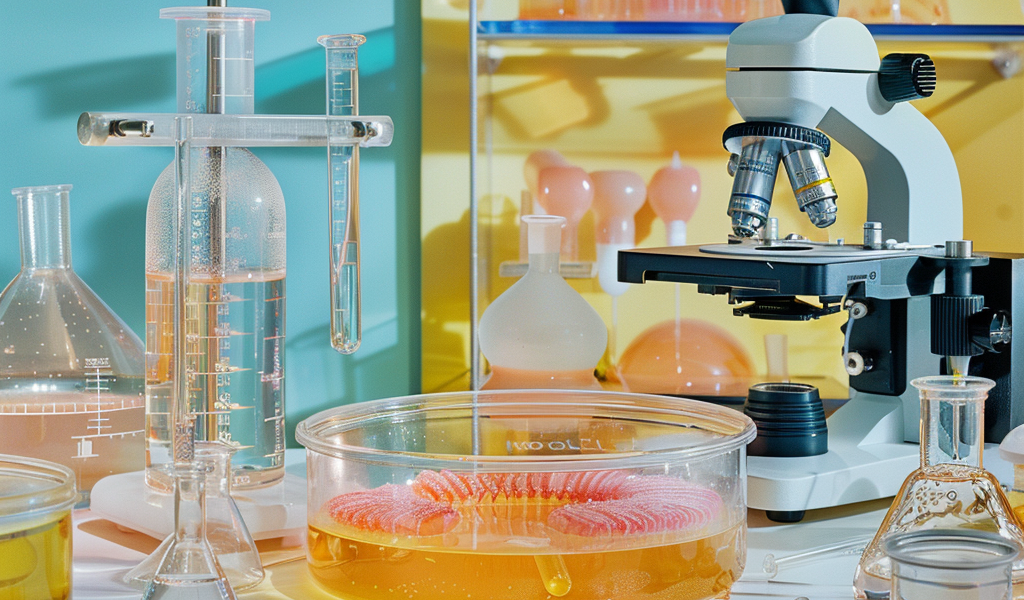Common Plastic Ingredient Linked to DNA Damage and Chromosome Errors
A recent study has revealed alarming insights into the effects of a prevalent plastic ingredient, benzyl butyl phthalate (BBP), on genetic integrity. Conducted by a team led by Monica Colaiácovo from Harvard Medical School, the research was published on October 24, 2024, in the journal PLOS Genetics.
BBP is commonly used to enhance the flexibility and durability of plastics found in a variety of consumer goods, including food packaging, personal care products, and children’s toys. While previous research has indicated that BBP disrupts hormonal functions and poses risks to human reproduction and development, the specific mechanisms behind these effects had remained largely unexplored.
In this groundbreaking study, researchers exposed roundworms, specifically the nematode Caenorhabditis elegans, to various doses of BBP. The focus was on identifying abnormal changes in egg cells resulting from this exposure. The findings were striking: at concentrations comparable to those found in human populations, BBP significantly disrupts the distribution of newly copied chromosomes into sex cells.
One of the primary mechanisms identified was oxidative stress, which is known to damage cellular structures. The study demonstrated that BBP exposure led to breaks in DNA strands, ultimately causing cell death and the production of egg cells with an incorrect number of chromosomes. This disruption raises serious concerns about reproductive health and genetic stability.
The implications of these findings extend beyond the laboratory. The research indicates that BBP exposure can alter gene expression in ways that inflict substantial damage on DNA. As a result, the quality of egg cells is compromised, leading to potential reproductive issues. The study also highlighted that C. elegans metabolizes BBP similarly to mammals and is affected by BBP levels that mirror those seen in humans, reinforcing the notion that this nematode serves as an effective model for understanding the impacts of BBP on human health.
In summary, the study underscores the toxic nature of BBP, a common ingredient in many household products, and its detrimental effects on animal reproduction. The authors noted, “Here, examining the female germline in the nematode C. elegans, this study found that a level of exposure within the range detected in human serum and urine alters gene expression, linking increased germline oxidative stress with compromised genomic integrity and errors in meiotic chromosome segregation.”
The findings of this research are particularly relevant in light of increasing awareness about the potential health risks associated with exposure to plasticizers like BBP. As consumers become more conscious of the products they use and the ingredients contained within them, the implications of this study may lead to heightened scrutiny and calls for regulatory changes regarding the use of such chemicals in consumer goods.
As the conversation around plastic safety continues to evolve, the study serves as a crucial reminder of the need for ongoing research into the health impacts of everyday substances. The potential for widespread exposure to BBP and its related health risks emphasizes the importance of understanding the long-term effects of chemical exposure on human reproduction and genetic health.
Researchers and health advocates alike will likely use this study as a foundation for further investigation into the mechanisms of BBP and similar chemicals, aiming to safeguard public health and promote safer alternatives in consumer products.





